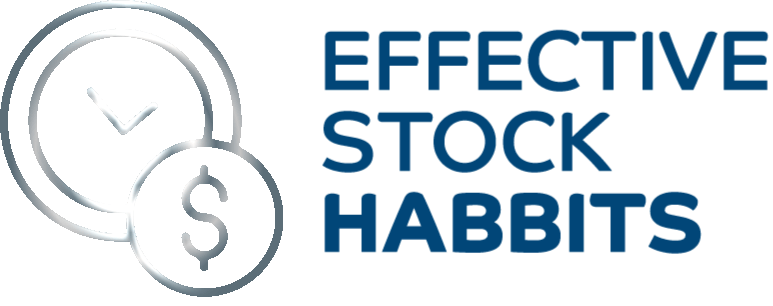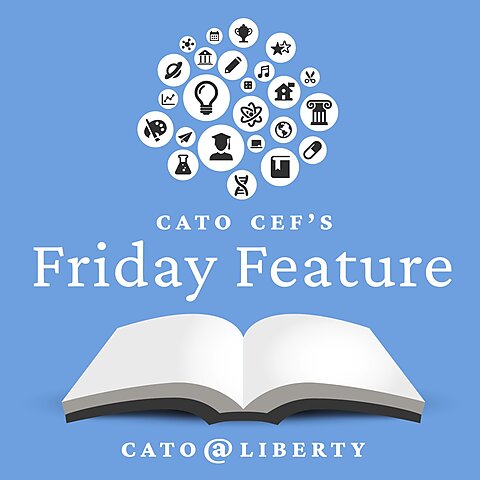Population
Mark links the Global Climate change agenda to the old “Population Bomb” of the 1970s.
The Fraud Inherent in Fractional Reserve Banking
Although fractional reserve banking is the most popular model for banking, it is fraudulent at its
It’s Economic Logic: Increasing the Minimum Wage Creates More Unemployment
According to mainstream economists, the question of whether increasing the minimum wage also increases unemployment is
Friday Feature: Eyes and Brain STEM Center
Colleen Hroncich Eric Eisenbrey was a middle school science teacher for 10 years, but he often felt like he
Guido Hülsmann’s Gratuitous Intellectual Donation
In his new book Abundance, Generosity, and the State: An Inquiry into Economic Principles, Guido Hülsmann
Making the Case for Private Law and Defense From Scratch
Bob was invited to Oklahoma State, where he made the case, from scratch, for a voluntary










